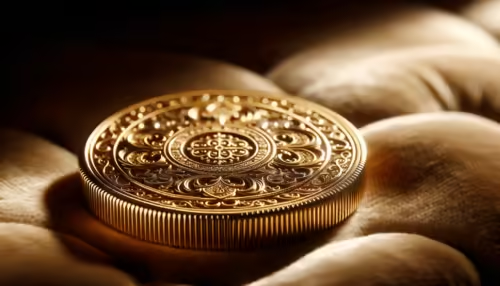The Most Valuable Collectibles for Your Collection.
What makes certain collectibles so valuable and desirable for enthusiasts and investors alike? This question lies at the heart of understanding the world of collectibles—a realm where history, trends, and individual passions intersect. The answer may not be as straightforward as one might think; it involves a mix of historical significance, rarity, condition, and market demand. This article delves into some of the most sought-after and valuable collectibles, exploring their backgrounds and explaining why they hold the fascination of collectors around the globe.
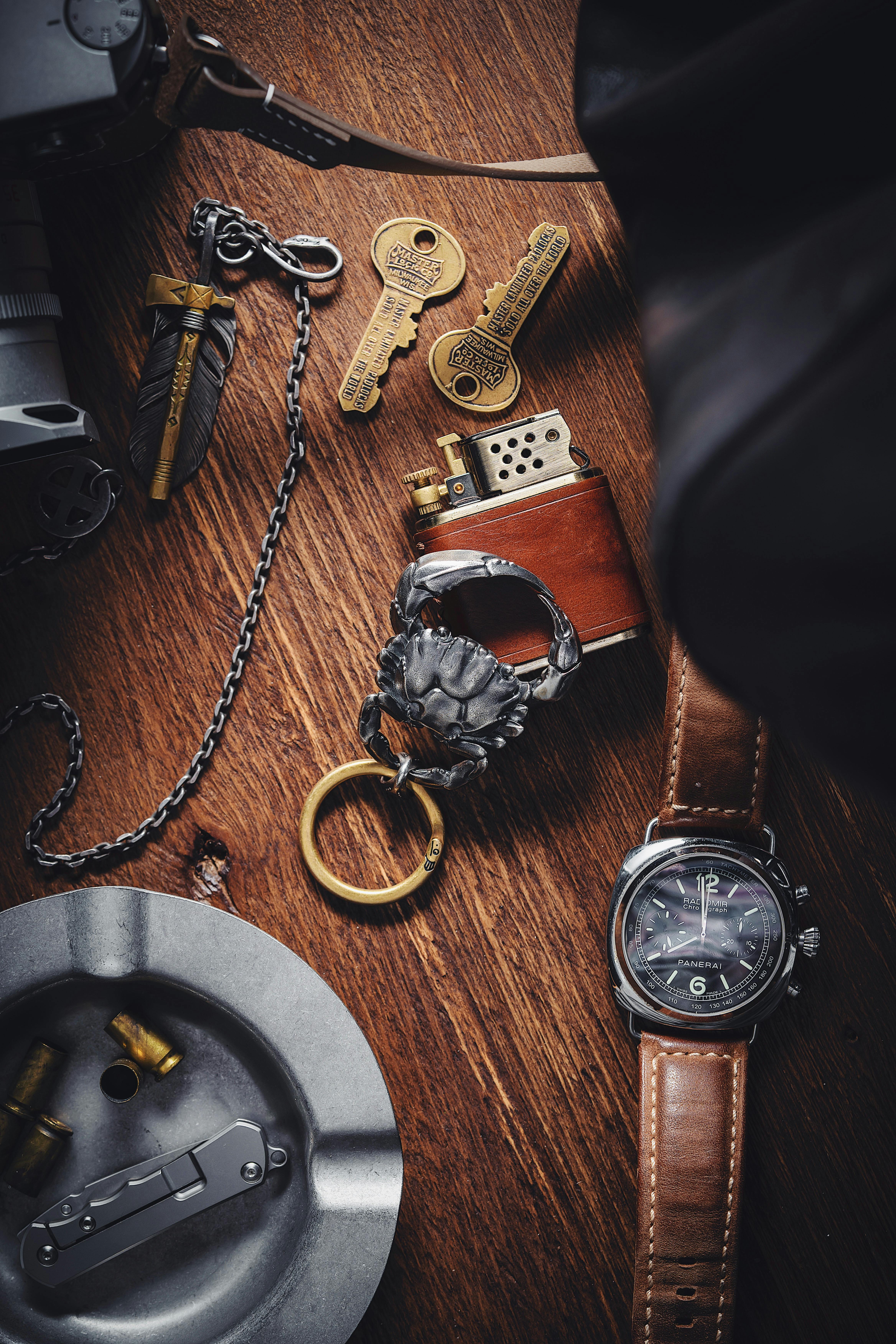
Table of Contents
The Allure of Collectibles: An Overview
Collecting has been an integral part of human nature, driven by the desire to preserve and cherish items of significance. From rare postage stamps to vintage cars, collectibles offer a tangible connection to history, culture, and personal interests. As a financial advantage, certain collectibles appreciate in value over time, making them not only a source of personal gratification but also a rewarding investment opportunity.
Historical Context of Collectibles
The art of collecting dates back centuries, with notable examples found in ancient Egypt and China where objects of art and rarity were preserved for cultural and religious purposes. During the Renaissance, the elite of Europe began amassing artworks and antiquities, sparking a trend that evolved over the years. By the 20th century, collecting became more widespread, democratized by the rise of disposable income and mass production. Today, collectibles range from everyday items to extraordinary curiosities, reflecting societal trends and technological advancements.
Current Trends in Collectibles
In the contemporary collecting scene, several trends stand out. Nostalgia plays a major role, with many collectors drawn to items from the 1980s and 1990s such as video games, action figures, and trading cards. Additionally, pop culture has a significant impact, with memorabilia linked to popular movies, TV shows, and celebrities being highly coveted. The digital age has also given rise to a new realm of collectibles—non-fungible tokens (NFTs) that represent ownership of digital items on a blockchain.
Key Concepts and Definitions
To fully appreciate the value of collectibles, one must understand key concepts that characterize this market. Rarity is perhaps the most critical factor, as items that are scarce are inherently more valuable. Condition also plays a significant role; a mint-condition item will command a higher price than one that is worn or damaged. Provenance refers to the history of ownership, which can add significant value, especially if the item has a notable or celebrity ownership history. Finally, market demand influences value, driven by trends and the emotional appeal an item holds for potential buyers.
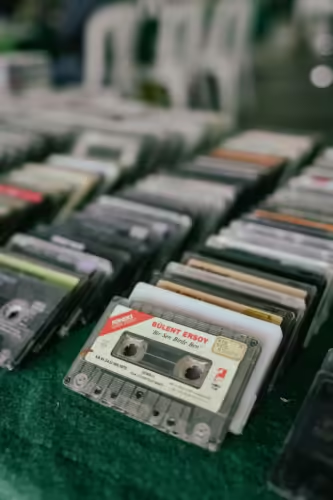
Valuable Collectibles Categories
Rare Coins
Rare coins have long been a staple of the collecting world, revered for their historical significance and craftsmanship. Coins like the 1933 Double Eagle or the 1787 Brasher Doubloon can fetch millions at auctions due to their rarity and historical context. Beyond their material value, these coins tell stories of historical epochs and economic developments.
Vintage Wines
Wine collection offers both the pleasure of enjoying a fine vintage and the potential for investment returns. Wines from renowned vineyards such as Château Lafite Rothschild or Romanée-Conti are prized for their limited production and aging potential. The market for vintage wines is robust, with prices driven by factors like vintage quality, cellar conditions, and critic reviews.
Stamps
Philately, the collection of postage stamps, continues to enchant enthusiasts with its blend of artistry and history. Some stamps, like the British Guiana 1c Magenta or the Penny Black, achieve colossal valuations due to their rarity and iconic status in the philatelic community.
Comics
Comic book culture has skyrocketed in recent decades, with iconic issues like Action Comics #1 or Detective Comics #27 becoming highly sought after. The rise of superhero movies has added a new dimension to comic collecting, increasing interest and prices at auction.
Art and Antiques
Art and antiques are traditional forms of collectible investments, encompassing everything from fine art to furniture and decorative arts. Collectors appreciate pieces for their aesthetic and historical significance, with works by masters such as Picasso or Rembrandt commanding extraordinary sums.
Sports Memorabilia
Sports memorabilia holds a special place for fans, encapsulating moments of athletic achievement. Items like Babe Ruth’s baseball bat or Muhammad Ali’s boxing gloves represent monumental instances in sports history, valued both sentimentally and financially.
Non-Fungible Tokens (NFTs)
NFTs have introduced a novel dimension to the collectibles market, allowing digital art and media to be tokenized on the blockchain. While still emerging, the NFT market has seen significant sales such as Beeple’s “Everydays: The First 5000 Days,” reflecting the digitalization of collecting.
Case Studies: Examining Collectible Success Stories
Example 1: The 1856 British Guiana 1c Magenta
The 1856 British Guiana 1c Magenta stands out as a prime example of how rarity, historical context, and provenance contribute to an item’s value. Known as the most valuable stamp in the world, this single surviving specimen has a storied history marked by notable owners and record-breaking auction results.
Example 2: The Wu-Tang Clan’s “Once Upon a Time in Shaolin”
This unique music album, produced in a single copy and initially auctioned to a private buyer, highlights how exclusivity can enhance value. Beyond its content, the album’s narrative, involving legal challenges and cultural iconography, has made it a legendary collectible.
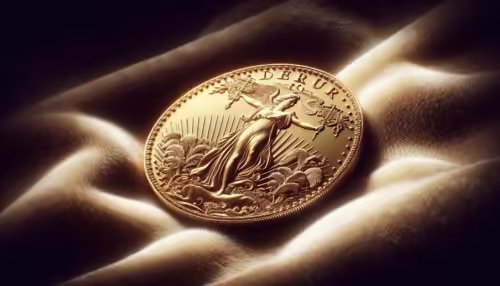
Comparing Different Collecting Perspectives
Below is a comparison of collectible categories based on key factors:
| Category | Rarity | Condition | Provenance | Market Demand |
|---|---|---|---|---|
| Rare Coins | High | Critical | Historical significance | Steady |
| Vintage Wines | Mixed | Essential | Vineyard reputation | Inflated by trends |
| Stamps | High | Important | Philatelic importance | Enthusiast-driven |
| Comics | Mixed | Key | Cultural importance | Pop culture influenced |
| Art and Antiques | Mixed | Vital | Historical and artistic value | Market fluctuations |
| Sports Memorabilia | Mixed | Significant | Iconic sports moments | Fan emotion-driven |
| NFTs | Varies | Digital | Blockchain history | Emerging and volatile |
Impact Assessment: The Consequences of Collecting
The collection of valuable items can significantly impact both individuals and industries. For investors, it offers a diversification strategy outside conventional assets like stocks and real estate. Culturally, it allows the preservation of history and promotes appreciation for art and craftsmanship. However, the speculative nature of collectible investments can also pose financial risks, necessitating expertise and careful market monitoring.
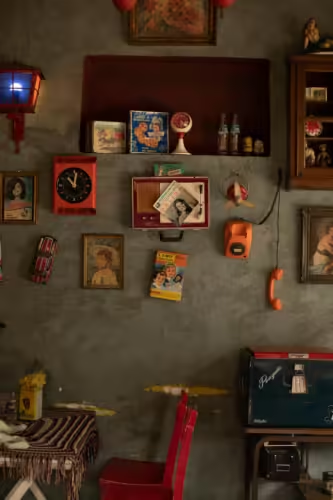
Future Directions and Implications
The future of collectibles is poised for evolution, particularly with technological advancements reshaping the market. Digital collectibles are likely to grow in prominence, while sustainability may become a consideration, influencing collectors’ choices. Additionally, the globalization of the market offers wider access and competition, fostering a dynamic exchange of collectibles and ideas.
From a broader societal perspective, the continued interest in collectibles reflects a human desire to connect with the past and preserve pieces of cultural identity. This trend shows no signs of waning, suggesting a vibrant future for collectors and their cherished items.
Conclusion
To summarize, identifying the most valuable collectibles hinges on understanding a combination of rarity, condition, provenance, and demand. Each category, whether it’s coins, wines, art, or digital tokens, brings a unique blend of history, cultural significance, and personal connection. What does this ever-evolving landscape suggest about humankind’s intrinsic interest in collecting? Might it be that the true value of collectibles lies not solely in their financial worth but in the stories they tell and the joy they bring to those who hold them? The world of collectibles is one rich in potential and discovery, inviting both enthusiasts and investors to explore its depths. As you consider your own collection, what items hold the most value to you and why?
For those interested in delving into the diverse world of collectibles, consider further reading on specific categories or recent market trends to enhance your knowledge and passion for collecting.
